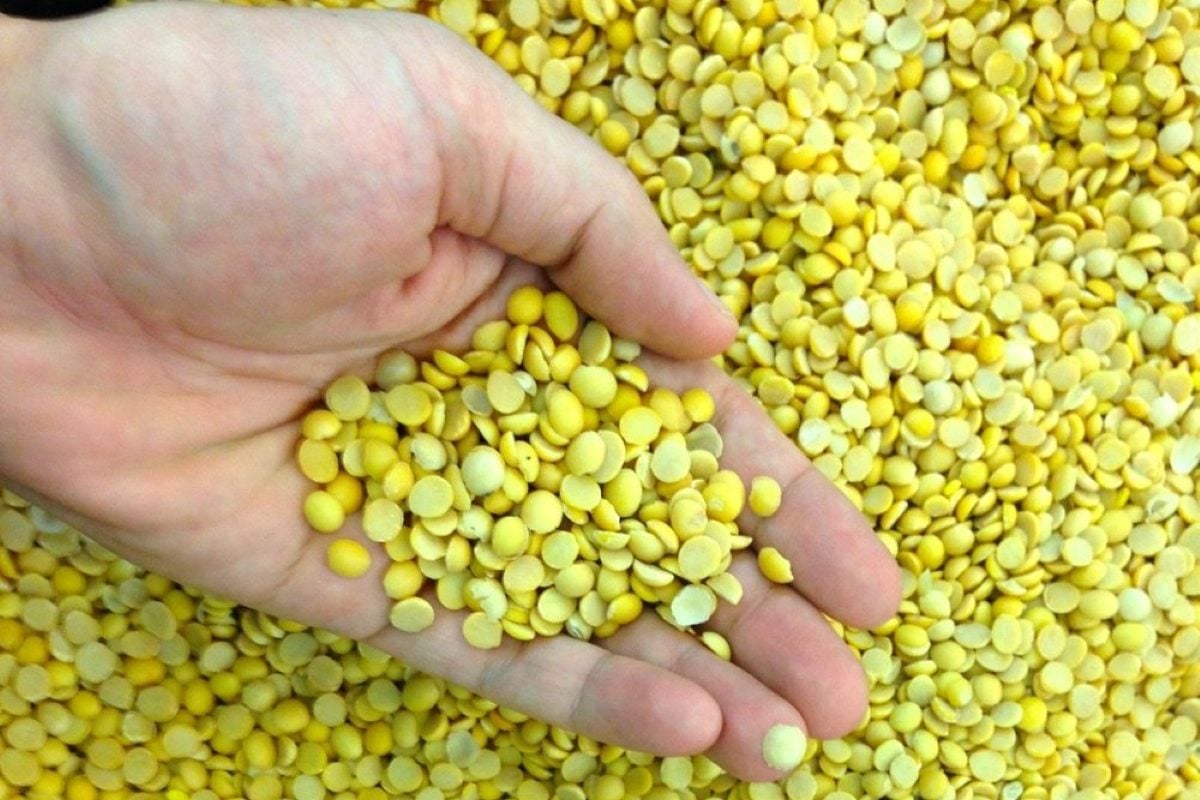The federal government has changed its Seeds Regulations to take the kernel visual distinguishability (KVD) requirements off imports of wheat seed into Western Canada.
The Canadian Food Inspection Agency (CFIA) announced Friday that the amendments were published in the Aug. 6 Canada Gazette, Part II.
The amendments repeal the KVD requirements for wheat imported into the wheat-growing area of four provinces covered by the Canadian Wheat Board’s single-desk marketing jurisdiction. They follow the federal government’s decision in February to eliminate KVD requirements for wheat in Western Canada starting Aug. 1.
Read Also

Pulse Weekly: India imposes 30 per cent tariff on yellow peas
Pulse Canada is quite unhappy with the Indian government’s recent move to slap a 30 per cent tariff on its yellow pea imports, said the pulse organization’s board chair Terry Youzwa.
The CFIA will, however, now hold supplementary consultations on the imports of seed of unregistered wheat varieties into Western Canada for seeding by the importer. Such imports remain prohibited.
The repealing of certain sections of the regulations through these amendments does allow for imports of seed of unregistered wheat varieties for conditioning and the production of pedigreed seed (that is, for export or in anticipation that a variety will be registered in Canada). It also allows for the importation of seed of unregistered wheat varieties for research purposes.
But the Seeds Regulations still continue to require that only seed of registered varieties may be sold in Canada.
The government has said the decision to remove KVD on wheat on the Prairies “will provide farmers more choice in the varieties of wheat they can grow and timely access to innovative, value added and feed markets.”














